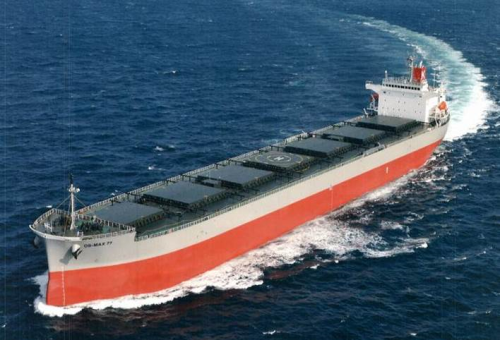
Stella Job
The designer, Ragnar Hansen of Hansen Engineering, described the process which led to approval being received from Panama Maritime Authority on 11th December 2014 for retrofit of FRP (fibre reinforced plastic) hatch covers to replace traditional steel ones on a bulk carrier.
The design for the 17m x 8m FRP hatch covers has several benefits. It reduces weight (typically 35-40% of steel), resulting in fuel saving and/or increased cargo, as well as easier crane handling and lighter motors. No corrosion means better seal performance, reducing risk of damage to cargo.
Approval for conversion has been given for a 225 x 32 m cargo vessel owned by Danish shipping company Nordic Bulk Carriers AS. Hansen worked with classification society DNV-GL and fire experts at SP Technical Research Institute of Sweden to provide the design and risk assessment for the conversion project specification developed by Oshima Shipbuilding Co. Ltd. Tommy Hertzberg, chair of E-LASS and a fire researcher at SP, describes this as a breakthrough.
The IMO SOLAS (International Maritime Organization Safety of Life at Sea) regulations are based on steel and require structural materials to be non-combustible, although an alternative design approach with risk analysis has been possible since 2002. This is the first time a composite part has been approved using the alternative design approach. A current IMO committee is developing guidelines to help national authorities to assess FRP designs.
For a fuller discussion read Why not composites in ships?





